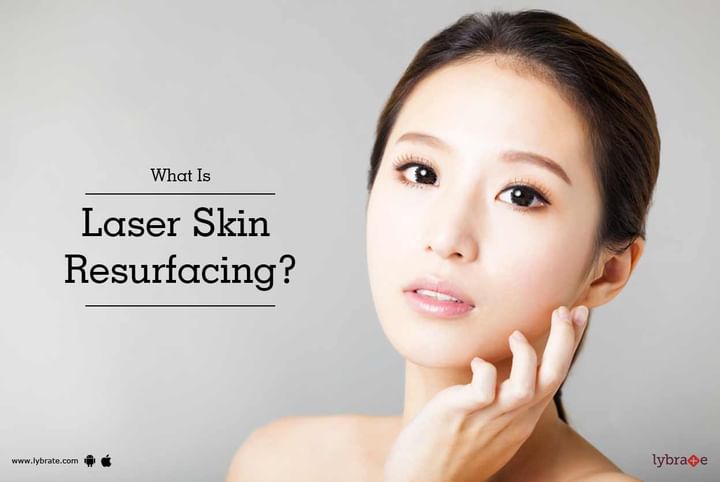What Is Laser Skin Resurfacing?
Laser skin resurfacing is a treatment to lessen the effects of prolonged sun exposure, acne or aging on the skin such as wrinkles, blemishes, scars, blotches or lines. The treatment uses the technique of focusing pulsating, short light beams at the affected skin. The light beam removes the skin layer by layer with sharp precision. After the procedure, new skin cells develop which makes the skin tight and youthful-looking.
Laser skin resurfacing can be a stand-alone procedure, or done in combination with some other surgical cosmetic treatment.
Laser skin resurfacing is mainly of two types:
- CO2 Laser Resurfacing: CO2 (carbon dioxide) laser resurfacing is used to treat wrinkles, warts, scars, swollen oil glands, and other skin problems. This type of laser resurfacing uses fractionated carbon dioxide laser in a distinct pattern to remove fine layers of your skin using minimal heat which reduces the chances of heat damage. Recovery from CO2 laser resurfacing takes two weeks.
- Erbium Laser Resurfacing: Moderately deep wrinkles and lines on the hand, face, chest or neck is reduced by erbium laser resurfacing. The benefit of opting for erbium laser resurfacing is that it causes the least amount of burns on the surrounding tissue. Erbium laser resurfacing also causes less swelling, redness and bruising on the skin. Even the recovery time of it is faster than CO2 laser resurfacing.
Erbium laser resurfacing is recommended for people with darker skin.
The Procedure:
A dermatologist or plastic surgeon performs the procedure of laser resurfacing:
- During the procedure: The wrinkles in the vicinity of your mouth, eyes or forehead may be treated separately or the entire face may be treated. If only individual areas are treated, the doctor will use local anaesthesia to numb the skin. If the whole face is treated, the doctor will sedate you with general anaesthesia. Individual areas on the face take thirty to forty minutes to treat, but the entire face requires nearly two hours.
- After the procedure: After the procedure is completed, the treated areas on the skin will be bandaged. You will need to clean the treated areas and apply an ointment twenty four hours after the procedure. You must clean your face 4 to 5 times in a day. Petroleum jelly can be applied on the face to prevent scab formation. If you wish to discuss about any specific problem, you can consult a doctor.



+1.svg)
